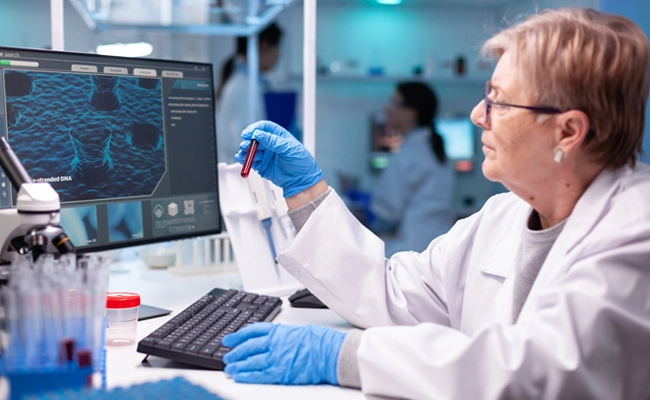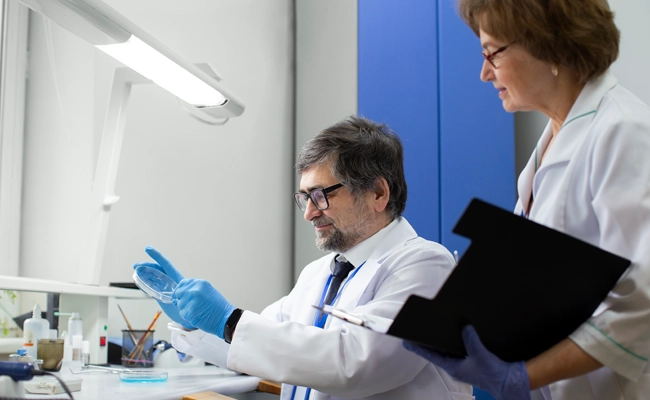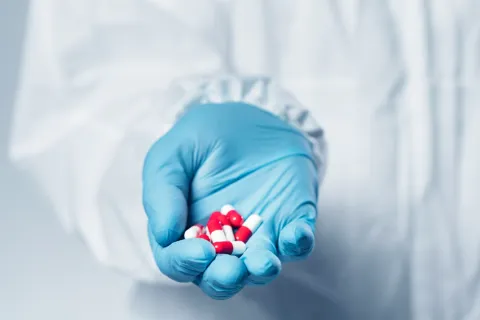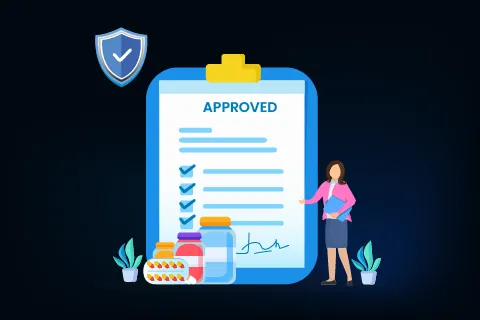Permitted Daily Exposure (PDE) Calculation – Overview
The importance of Health-Based Exposure Limits (HBEL), such as Permitted Daily Exposure (PDE) Calculation or Acceptable Daily Exposure (ADE), through a highly scientific toxicological risk assessment process has become a significant step in the medicinal product’s lifecycle across the pharmaceutical industry.
Permitted Daily Exposure (PDE) Calculation
The EMA guideline emphasizes establishing HBELs (PDE values) for residual substances in manufacturing. For facilities or CMOs, deriving PDE or ADE limits is essential for cleaning validation and Regulatory compliance.
The process of PDE calculation encompasses the systematic collection and review of scientific information, followed by a comprehensive toxicological risk assessment to derive PDE values. The recommended PDE value/s derived from the PDE calculation is used to calculate MACO, MAC, or MSC in the cleaning validation process. The PDE limits of highly hazardous substances help to decide upon dedicated and separate equipment or facilities.
Our Experience in PDE Calculation
Freyr toxicologists have developed and delivered high-quality PDE reports/monographs in compliance with the EMA, ISPE, ASTM, establishing NOEL/NAOEL, and other country-specific guidelines. Our experts have developed PDE reports for common and some uncommon routes, such as ophthalmic and otic, which have undergone strict scrutiny during GMP inspections and critical evaluations.
Ensure Regulatory Compliance with Expert PDE Calculations
Occupational Exposure Limit (OEL) Calculations and Banding
Like PDE calculations and HBEL reports, the OEL calculation has been recommended by the Occupational Safety and Health Administration (OSHA) and several other agencies, including the American Conference of Governmental Industrial Hygienists (ACGIH), National Institutes of Occupational Safety and Health (NIOSH), Japan Society for Occupational Health (JSOH), and the European Chemical Agency (ECHA).
OEL calculations rely on a scientific assessment of all data. Our toxicologists can create an independent OEL report or a combined PDE and OEL report.
Permitted Daily Exposure (PDE) Calculation
- PDE calculation in compliance with the EMA/CHMP/CVMP/SWP/169430/2012.
- PDE reports, approved by board-certified (DABT/ERT) and experienced toxicologists.
- Sound scientific knowledge and experience in identifying critical effects, Points of Departure (POD), the NOAEL or NOEL, and the Lowest Observed Adverse Effect Level (LOAEL) from the most appropriate nonclinical/clinical studies.
- Comprehensive PDE report encompassing the following details:
- Hazard alert indications/summary.
- Review of acute toxicity (LD50 calculations), skin/eye irritation, and sensitization potential.
- Repeat-dose toxicity data
- Reproduction and developmental toxicity.
- Genotoxicity.
- Carcinogenicity.
- Review of clinical adverse effects and evidence.
- Use of Threshold of Toxicological Concern (TTC) approach for genotoxic substances [ICH-M7(R2)].
- Derivation of PDE/ADE values for uncommon or other routes of exposure (e.g., nasal, ocular, otic, topical/dermal, including intravenous infusions).
- Establish PDE levels for cleaning agents, starting materials, solvents, intermediates, and complex mixtures.
- GMP audit support (post/during), including answering the Agency queries.
- Any other technical support during cleaning validation.

- Qualified team of toxicologists and experts involved in drafting PDE and OEL reports.
- Reports reviewed and approved by American board-certified (DABT) and European Registered Toxicologists (ERT) with extensive experience in Regulatory toxicology.
- Global delivery of 2000+ PDE/ADE reports, 1000+ OEL reports, and 1000+ combined PDE and OEL reports.
- Established and structured literature search strategy.
- Robust quality control checks, right from document compilation to sign-off.
- Quick turnaround time for PDE and OEL reports per the customer’s timelines, including priority delivery of reports within the shortest time.
- Flexibility to adapt to customer-specific templates and requirements.








